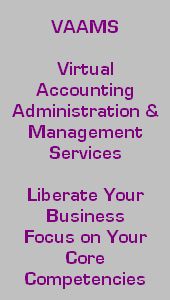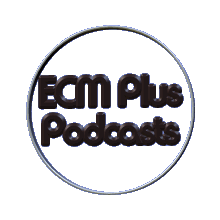 |
In customer communications, ‘the times they are a-changin’ Glen Manchester, CEO of Thunderhead, explains why businesses need to move away from siloed, print-centric document output to a much more flexible solution in order to provide truly customer-focused communications.
For any government or organisation engaging with a wide range of stakeholders, Bob Dylan’s anthem of social change has never rung so true.
Today’s ‘connected’ world is putting pressure on organisations to deliver timely, personal and compelling communications across a range of communications channels.
This has exposed the flaws of the old print-centric communications platforms. Customers want the same brand experience on their phone, laptop or tablet as they get from more traditional communications. They want the way messages are presented to them be appropriate to the medium, in format as well as content. And they want consistent communications to match the way they use technology – for example, an SMS directing to a website, or an email prompting a telephone call, rather than a letter.
Even when organisations recognise this need to communicate with their customers on a range of platforms, the constraints of their existing systems have made implementation problematic, to say the least. The vast majority of legacy systems are a patchwork of elderly code and bought-in, third-party components. They lack the tight integration necessary to accommodate changes in customer and business behaviour, so organisations find themselves encumbered by the very systems designed to empower them.
In truth, there is only one answer. A system developed using open standards (XML) with multi-channel communications in mind from the outset; providing organisations with a single platform for the creation of consistent messaging across every available touch point; and allowing communications to be tailored to customers’ preferred channels. With such a solution, software updates and upgrades are easy and straightforward. Compliance is hugely simplified, mitigating risk and reducing cost. And business users can deliver automatic and consistent communications across all channels, increasing overall operational efficiency by reducing their time- and cost-consuming dependence on IT.
In detail, organisations benefit from transparency, consistency and contextualisation of messaging across all channels, for each customer. Business users are able to make on-the-fly decisions about which channel to use, sharing content across the entire organisation. They can create and maintain communication templates, allowing IT to manage and validate the data, distributing the appropriate data to throughout the business, freeing up valuable operational support resources.
There’s a clear need to start evolving customer communications tools and look towards unified, multi-channel solutions that seamlessly handle both batch and interactive communications, ensuring efficient handling and personalisation of every customer engagement – regardless of the scale. By replacing the incumbent inefficient technologies and improving manually intensive document output processes, businesses can drive productivity, reduce costs and create longer lasting, higher value customer relationships.
Staying ahead of the competition means developing a sound multi-channel strategy, one that incorporates multi-channel communications, empowers business users and provides a rapid return on investment. Businesses that do so will reap the benefits of lower costs, improved efficiency and greater customer loyalty. And those that don’t? Well, to steal another cautionary line from Dylan: “…the first one now will later be last”.
Glen Manchester is CEO of Thunderhead






